This Friday meet Walt Bones, a retired fourth-generation farmer from Parker, South Dakota. The Bones’ family operation is a diversified partnership spanning multiple generations. While the partnership has grown and evolved many times over the years, the family’s commitment to land stewardship, conservation, and community service has remained steadfast from generation to generation.
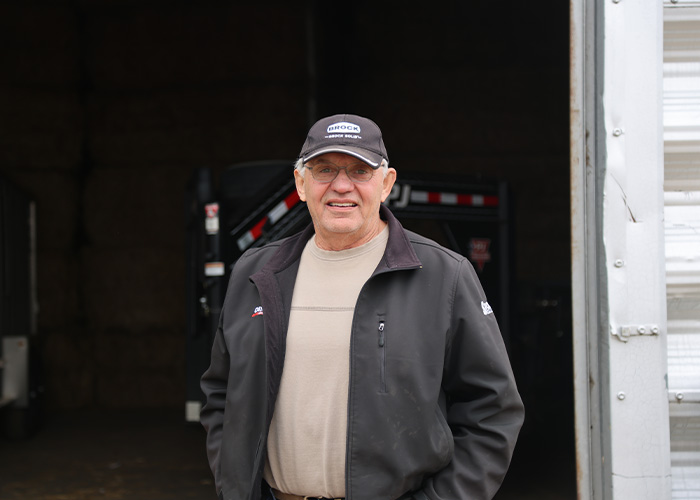
Generational Stewardship
The Bones family’s farming history in South Dakota began when John T. Bones homesteaded northeast of Parker in 1879. Since then, the farm has been passed down with the guiding principle that “God was careful and creative when he created this earth…we must also be careful and creative in our obligation to the stewardship of it.”
The operation has grown considerably since the original homestead and consists of Hereford Ranch, Hexad Farms and MDM Farms. While Walt is now retired, his brothers, Steve and Jim, and brother-in-law, Lyle VanHove, and nephews, Mike VanHove, Matt Bones and Dan Bones, continue to run the family’s crop, beef, and dairy operations. Despite the changes in the years since the original homestead, Walt and his family remain stalwart stewards of the land.
“Our parents instilled in us the importance of leadership and commitment, and we have done the same with the next generation,” Walt said.
Working with USDA
With their focus on conservation and environmental stewardship, the Bones family is part of the Evangelical Environment Network and participates in a variety of programs with USDA’s Natural Resources Conservation Service (NRCS) and Farm Service Agency (FSA) to implement conservation on their farms.
With NRCS, they enrolled in two Environmental Quality Incentive Program (EQIP) contracts for cover crops and participated in the Conservation Stewardship Program (CSP) for a variety of conservation practices including cover crops, reduced tillage and more.
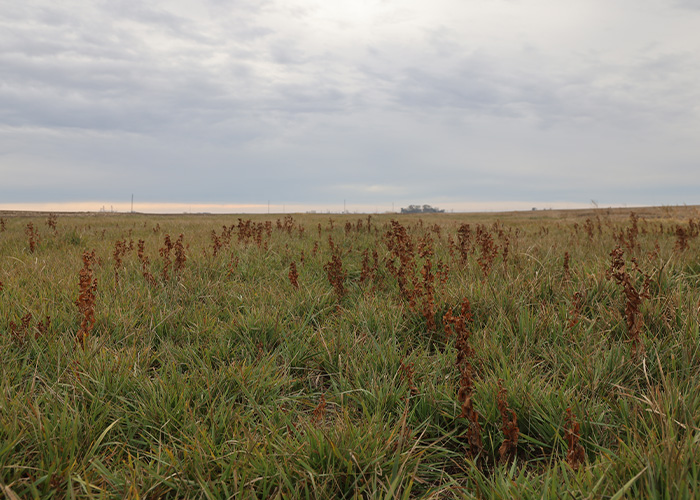
The Bones family has been ardent users of FSA’s Conservation Reserve Program (CRP) over the years. Practices on those acres included new windbreaks and shelterbelts, buffer strips, wetland restoration, and rare and declining habitat for pollinators and songbirds. These practices help protect water quality, soil quality, air quality and provide habitat for wildlife to flourish alongside working lands.
During a drought in 2022, their participation in FSA’s Emergency Conservation Program was a saving grace for the Bones’ ranching operation. The program helps producers repair damage to farmlands caused by natural disasters and put in place methods for water conservation during severe drought.
“Working with USDA has been great,” said Walt. “We’ve been able to get conservation on the ground, and with the recent drought, the tanks and pipe we installed from the emergency program on our pastures for water were crucial.”
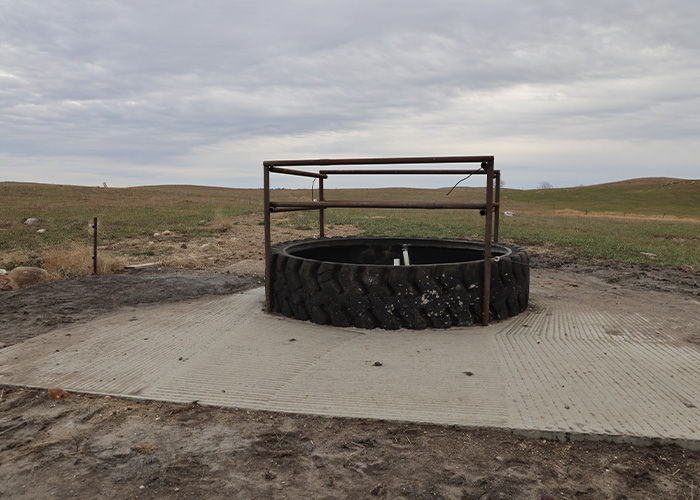
The Bones family plans to expand their working relationship with USDA. They look to continue their CRP windbreak upkeep and plan to implement additional conservation practices with EQIP in the near future including minimal till and cover crops.
Looking to the Future
As was passed down to them from previous generations, Walt and his relatives wish for their operation to serve as an example to the community.
“We want to lead by example and show the community the core values that we live by,” said Walt.
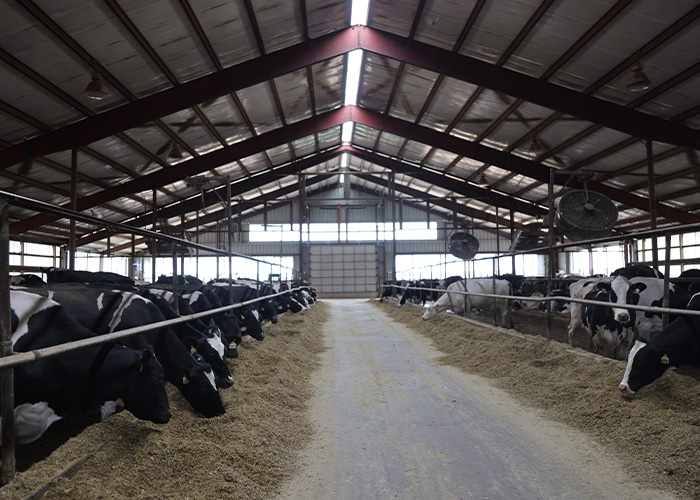
They often host farm tours showcasing their conservation work. Walt and other members of the family also contribute locally through the church, community organizations, and even public service culminating with Walt serving as the former South Dakota Secretary of Agriculture.
“It was a great opportunity, getting into rooms with people you wouldn’t have the chance to otherwise, and advocating for agriculture,” said Walt.
The Bones family continues to look forward for their operation. No matter how much the world changes, they are determined to face any challenges the future holds head on.
“Our family has been blessed with many opportunities, and the story of our family is ongoing,” Walt said. “We will keep passing down our legacy from generation to generation.”
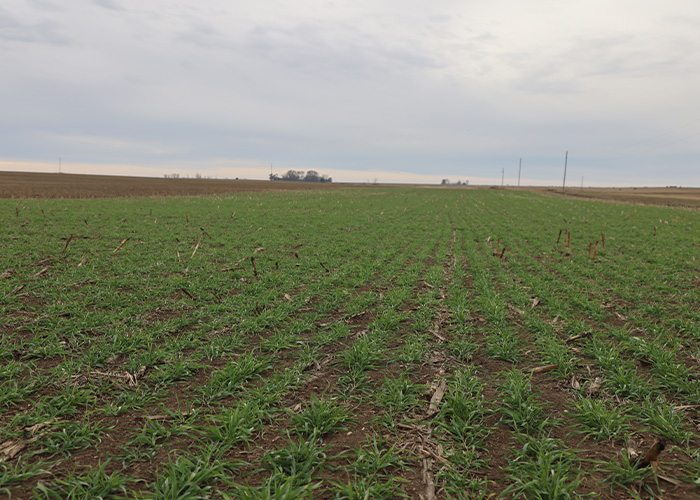
More Information
Visit local farms, ranches, forests, and resource areas through our Fridays on the Farm stories. Meet farmers, producers and landowners who are working to improve their operations with USDA programs.
USDA offers a variety of risk management, disaster assistance, loan, and conservation programs to help producers weather ups and downs in the market and recover from natural disasters as well as invest in improvements to their operations. Learn about additional programs.
For more information about USDA programs and services, contact your Local USDA service center.
Andrew Thomason is a Public Affairs Specialist for NRCS in South Dakota.


